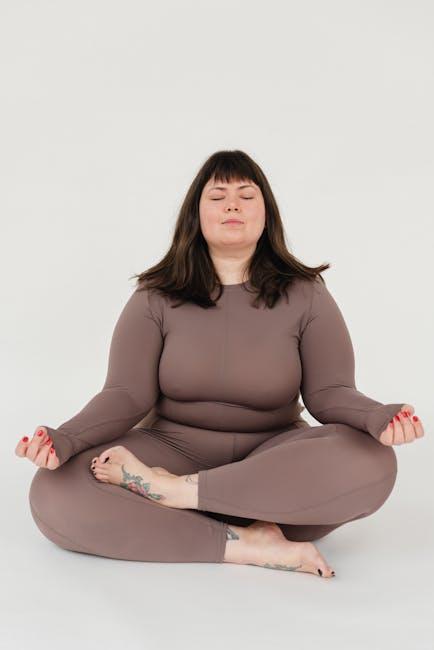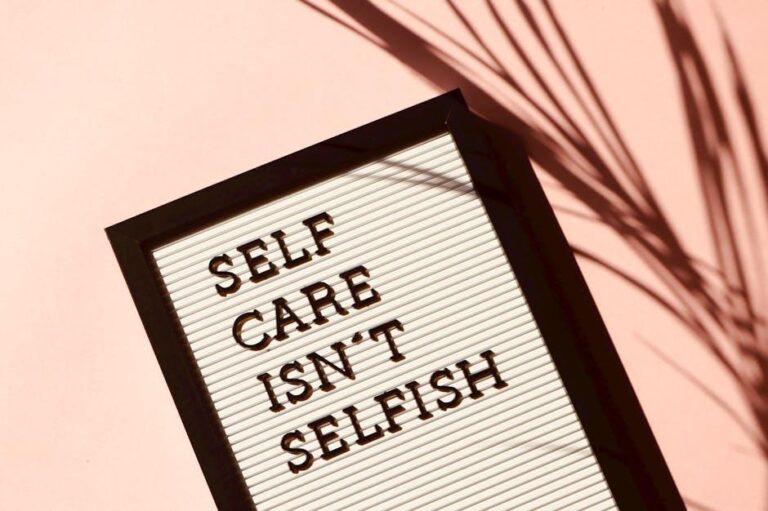Hey there, fellow Millennials! Let’s face it, juggling careers, social lives, and personal growth often feels like walking a tightrope. While we’re out here trying to have it all, our mental health sometimes takes a backseat. But here’s the twist – taking care of your mental well-being doesn’t have to break the bank. Welcome to ”,” where we’ll explore practical, wallet-friendly ways to boost your mental health without adding financial stress. So, grab a comfy seat and settle in as we dive into strategies that fit our generation’s lifestyle and budget.
Understanding Affordable Self-Care Practices
Millennials often find themselves juggling multiple responsibilities while trying to stay mentally healthy. Luckily, self-care doesn’t have to be expensive. Mindfulness practices like deep breathing and meditation can be done at home with free apps or YouTube videos. Physical activities such as jogging, yoga, or even a brisk walk in the park contribute significantly to mental health and are cost-effective. Creative outlets such as drawing, writing, or playing a musical instrument can also be great ways to relax and don’t require a hefty investment.
Another cornerstone of affordable self-care is nurturing social connections. Spending time with friends and family, even through video calls, can be a major mood booster. Joining local community groups or social media communities focusing on shared interests can provide support and motivation. For those who enjoy reading, many libraries offer free access to a vast array of books and e-books. Here are some simple, low-cost strategies for your mental health routine:
- Digital detox: Designate screen-free times each day.
- DIY spa nights: Use items like honey, sugar, and coconut oil for pampering treatments.
- Gratitude journaling: Daily reflections can foster a more positive outlook.

Finding Free or Low-Cost Therapy Options
When it comes to finding therapy that won’t break the bank, there are several approaches you can take. Many clinics and mental health centers offer sliding scale fees based on your income, making it more affordable. Also, don’t overlook university counseling centers; they’re an excellent resource, especially if you’re a student. Sometimes local non-profits and community centers also provide free or discounted counseling services. You might be surprised at how many options are out there once you start looking.
Another great resource is online therapy platforms. These often have more affordable plans compared to traditional face-to-face therapy. Some platforms even have a free trial period where you can test the service before committing. Additionally, many insurance plans now cover virtual therapy sessions, so be sure to check your provider’s policy. And of course, don’t forget to utilize support groups and hotlines, which are usually free and can offer immediate help. Here’s a quick comparison table to help you explore your options:
| Resource | Cost | Notes |
|---|---|---|
| Sliding Scale Clinics | Varies | Based on income |
| University Counseling | Free/Low-cost | For students |
| Online Therapy Platforms | $$ | Free trials available |

Incorporating Mental Wellness Apps
With all the buzz around mental wellness lately, you might be wondering how you can tap into the benefits without breaking the bank. Well, there’s good news! Mental wellness apps can offer affordable, even free, options to keep your mind in check. These apps are packed with features like guided meditations, mood tracking, and sleep aids. And many of them are tailored specifically for those of us juggling busy lives, work, and maybe even student loans. Here are a few popular options to explore:
- Headspace: Focuses on guided meditation and mindfulness exercises.
- Calm: Offers meditation, breathing exercises, and sleep stories.
- MoodPath: Monitors your mood and offers insights into mental health.
- Sanvello: Includes tools for mood tracking, mindfulness, and self-care.
| App | Cost | Key Features |
|---|---|---|
| Headspace | Free / $12.99 per month | Guided meditations |
| Calm | Free / $14.99 per month | Sleep stories, breathing exercises |
| MoodPath | Free / $6.49 per month | Mood tracking, mental health insights |
| Sanvello | Free / $8.99 per month | Mood tracking, self-care tools |

Building a Supportive Community Without Spending Big
One of the best ways to nurture mental health without breaking the bank is by building a close-knit, supportive community. Surrounding yourself with people who understand and uplift you can make all the difference. Here are some cost-free strategies to create this environment:
- Host Regular Gatherings: Think potlucks, game nights, or movie marathons at home rather than going out.
- Join Local Groups: Whether it’s a book club, hiking group, or a volunteer organization, these communities often welcome new members and provide a sense of belonging.
- Utilize Social Media: Platforms like Facebook or Meetup can help you connect with like-minded individuals in your area.
- Peer Support Networks: Create or join a peer support group where members can share experiences and coping strategies.
Here’s a quick reference table of low-cost community-building activities:
| Activity | Cost | Benefit |
|---|---|---|
| Potluck Dinner | $0-10 | Bonding over food |
| Book Club | $0-15 | Shared experiences |
| Hiking Group | $0 | Exercise and connection |
Q&A
Article Title:
Q&A Section
Q1: Why is mental health especially important for millennials?
A1: Many millennials are juggling multiple responsibilities like student loans, early career challenges, or family obligations, which can be pretty stressful. Keeping a handle on mental health is crucial in managing all that without burning out.
Q2: Are there affordable ways to take care of your mental health?
A2: Absolutely! There are plenty of cost-effective strategies out there. Things like practicing mindfulness, exercising, leveraging online resources, and connecting with community support groups can all help without breaking the bank.
Q3: Can mindfulness really make a difference, and how can I practice it cheaply?
A3: Yes, mindfulness can make a significant difference by helping reduce stress and increase focus. And good news—it can be very budget-friendly. Free apps like Insight Timer or online videos can guide you through meditation and mindfulness exercises.
Q4: How does exercise play into mental health, and do I need a gym membership?
A4: Exercise is a fantastic way to boost your mood thanks to those endorphins. No gym membership needed! Home workouts, running, walking, or even joining a local sports team can be effective and are often free or inexpensive.
Q5: What kind of online resources can help with mental health?
A5: There’s a plethora of options out there. Websites like Mental Health America offer free screening tools and resources, while platforms like YouTube have tons of free content on mental wellness, relaxation techniques, and self-care tips. Many forums and social media groups offer peer support too.
Q6: Are support groups an option for those on a budget?
A6: Definitely! Many community centers and non-profits offer free or low-cost support groups. Additionally, online support groups on platforms like Reddit or dedicated mental health websites can offer valuable community and advice without any cost.
Q7: Is therapy completely off the table if money is tight?
A7: Not necessarily. Some therapists offer sliding scale fees based on your income. Additionally, services like BetterHelp and Talkspace offer more affordable online therapy options. Many universities also offer low-cost counseling services to students and sometimes even to the public.
Q8: How can hobbies help with mental health, and are they costly?
A8: Hobbies can be a great outlet for stress relief and give you a sense of accomplishment. They don’t need to cost much either. Gardening, playing a musical instrument, painting, or even cooking can all be relatively inexpensive and immensely rewarding.
Q9: How important is a support system in maintaining mental health?
A9: A strong support system is incredibly important. Friends and family can provide emotional support, reduce feelings of isolation, and offer practical advice. Keeping in touch doesn’t have to cost much—even a simple phone call or a video chat can do wonders.
Q10: Any final tips for someone trying to maintain their mental health on a budget?
A10: Experiment and find what works best for you. Everyone’s different, so it might take some trial and error. Don’t hesitate to mix free resources with low-cost options, and above all, remember that taking any step, no matter how small, is a move in the right direction. Your mental health is worth it!
In Summary
And there you have it—proof that taking care of your mental health doesn’t have to break the bank. Whether it’s practicing mindfulness, soaking up some nature, connecting with a supportive community, or exploring budget-friendly therapy options, there are plenty of ways to prioritize your well-being without emptying your wallet. Remember, the first step is just recognizing that you deserve to feel good. So go ahead, pick a strategy that resonates with you, and start investing in your mental health today. Your future self will thank you for it.


